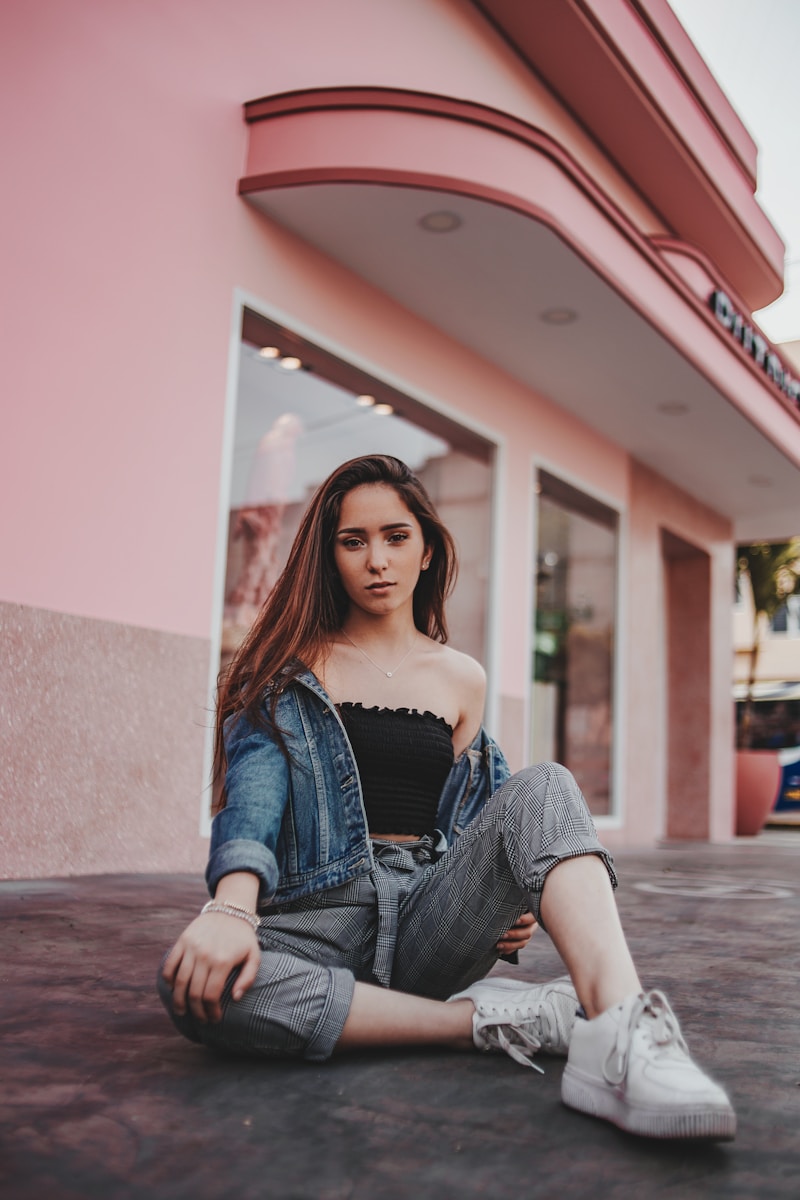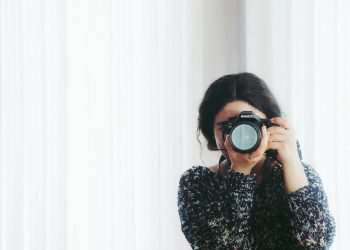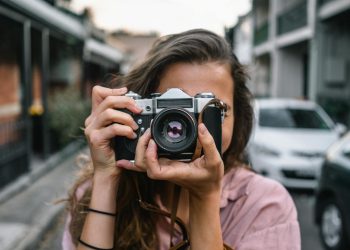Photography is an incredibly rewarding hobby that allows individuals to capture moments, tell stories, and express creativity. For beginners, however, the world of photography can feel overwhelming, especially when it comes to the gear required to start. While photography is more about the eye behind the camera, the right equipment can certainly help elevate one’s work and make the learning process more enjoyable.
This guide is designed to help beginners navigate the essential photography gear they need. From cameras and lenses to accessories like tripods and memory cards, understanding the role of each piece of equipment is crucial in ensuring your photography journey is as smooth and fruitful as possible.
1. The Camera: Your Creative Tool
The most fundamental piece of gear for any photographer is the camera itself. With so many different types of cameras on the market, it can be difficult to determine which one is best for a beginner. However, it’s important to recognize that the camera doesn’t need to be the most expensive or the most feature-packed model on the market.
For most beginners, a digital single-lens reflex (DSLR) camera or a mirrorless camera is a great place to start. Both types offer excellent image quality, manual control, and interchangeable lenses, giving you the flexibility to experiment and learn. Mirrorless cameras, in particular, are gaining popularity because they are typically more compact and lightweight than DSLRs, making them easier to carry around.
If you are looking for an entry-level option, many camera manufacturers offer budget-friendly models with built-in features that will allow you to grow with the camera as you improve your skills. It is also important to look for a camera that offers manual mode settings so you can learn how to control the exposure, aperture, and shutter speed, which are key to mastering photography.
For those who are less interested in large, bulky cameras but still want to take high-quality photos, a high-end compact camera or a smartphone with a professional mode can be a good alternative. While they don’t offer the same level of control as DSLRs or mirrorless cameras, they still allow for impressive results with ease of use and portability.
2. Lenses: Choosing the Right Lens for Your Style
The lens you choose plays a crucial role in your photography. While many beginner cameras come with a kit lens, it’s important to understand that lenses are not one-size-fits-all. The right lens can enhance your creative vision and allow you to shoot a wider variety of scenes.
One of the most versatile lenses for beginners is the 18-55mm kit lens, which typically comes bundled with many entry-level DSLR or mirrorless cameras. This lens covers a range of focal lengths, making it suitable for capturing everything from wide landscapes to portrait shots. It’s a good starting point and allows you to experiment with different types of photography.
As you develop your skills, you might want to invest in prime lenses, which have a fixed focal length, such as a 50mm f/1.8. Prime lenses are ideal for portraits due to their ability to create beautiful background blur (bokeh) and gather more light, which is especially useful in low-light situations.
For those interested in nature and wildlife photography, a telephoto lens, such as a 70-200mm or 100-400mm, would be a wise choice. These lenses allow you to photograph distant subjects while maintaining image quality. Alternatively, for photographers who love capturing sweeping landscapes, a wide-angle lens (like a 16-35mm) is a fantastic option.
3. Tripod: Stability for Sharper Images
A tripod is one of the most useful accessories a beginner photographer can own. A tripod provides stability, ensuring that your camera remains steady, especially when shooting long-exposure photos or when using slow shutter speeds. Whether you are photographing landscapes, architecture, or low-light scenes, a tripod helps eliminate camera shake, which can result in blurry images.
There are many different types of tripods, ranging from lightweight models that are easy to carry to heavier options that provide more stability for long lenses. It’s important to find a tripod that suits your shooting style and the type of photography you plan to pursue. A tripod with adjustable height and flexible legs is particularly useful for getting shots from various angles and perspectives.
4. Memory Cards: Essential Storage for Your Photos
Memory cards are essential to every photographer’s kit, as they provide the storage space needed to store your images. When purchasing a memory card, it is important to choose one that has a high writing speed, especially if you plan to shoot high-resolution images or videos. A card with a fast read/write speed ensures that the camera can quickly save your images and allow for continuous shooting without any delays.
For beginners, investing in a good-quality SD card from trusted brands like SanDisk or Lexar is recommended. A 64GB or 128GB card is usually sufficient for most beginners, offering plenty of storage for hundreds of high-resolution photos.
It’s always wise to have multiple memory cards on hand. This allows you to swap cards when one becomes full, preventing any interruptions during your shoot. Additionally, having a backup card ensures you don’t risk losing photos in case one card becomes corrupted.
5. Camera Bag: Keeping Gear Safe and Organized
A camera bag is an essential piece of gear for photographers who plan to travel or carry their equipment with them regularly. Not only does a camera bag keep your gear safe from the elements, but it also helps you stay organized. With designated compartments for your camera body, lenses, memory cards, and other accessories, a camera bag ensures you can easily access your gear when you need it.
When selecting a camera bag, consider your needs based on how much equipment you plan to carry. There are many styles available, including backpacks, messenger bags, and sling bags. If you’re looking for something that’s comfortable for long outings, a backpack-style bag is a good option. For more casual shoots, a messenger bag or a sling bag might be more appropriate. Whichever style you choose, make sure the bag offers proper padding to protect your gear from bumps and drops.
6. External Flash: Mastering Lighting
While built-in camera flashes can be useful in a pinch, an external flash provides much more control over your lighting. An external flash allows you to bounce light off ceilings and walls, preventing harsh shadows and creating more natural-looking lighting. This can be especially useful for portrait photographers, event photographers, and those who shoot indoors.
External flashes also offer the ability to adjust the light intensity, allowing you to fine-tune your images according to the scene. As you advance in your photography journey, mastering off-camera flash techniques will significantly enhance your ability to create stunning, well-lit images.
7. Lens Filters: Enhancing Your Photos
Lens filters are another essential tool for beginner photographers. They screw onto the front of your lens and offer a range of benefits, such as protecting your lens, controlling reflections, and enhancing colors. A polarizing filter, for example, is especially useful for outdoor photographers, as it reduces glare and enhances the blue of the sky and the green of foliage.
ND (neutral density) filters are also popular among landscape photographers who want to achieve long-exposure shots in bright conditions. These filters reduce the amount of light entering the camera, allowing for slower shutter speeds even in daylight.
8. Cleaning Kit: Keeping Your Gear in Top Condition
Keeping your camera and lenses clean is essential to ensuring they perform at their best. Dust, dirt, and fingerprints can easily accumulate on the lens, leading to compromised image quality. A simple cleaning kit, which includes a microfiber cloth, a lens brush, and a blower, is all you need to maintain your gear.
It’s also essential to clean your camera sensor periodically, especially if you notice dust spots in your images. Using a sensor cleaning kit or having a professional cleaning service take care of it can help ensure that your sensor remains free of dust and dirt.











